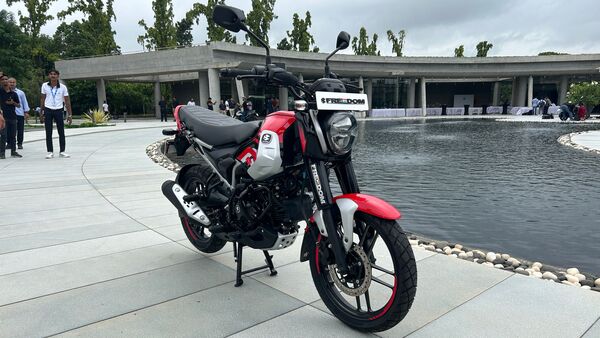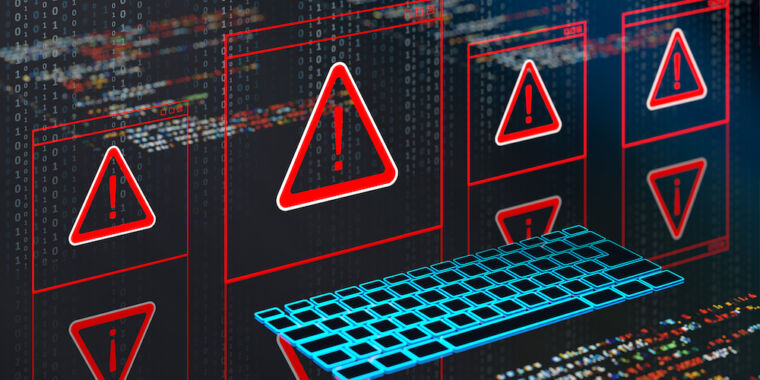HDI Technology Enables Smaller Electronic Devices
Electronics technology is constantly improving, resulting in smaller devices such as computers and cell phones. High-density interconnection (HDI) pcb technology is one of the key factors behind this. This advanced PCB manufacturing method enables small, compact electronic products with powerful functions and high reliability. This is possible because HDI technologies allow designers to place more components on a single board, making them smaller in size while maintaining their superior performance.
In addition, the smaller space between components enables more I/O and a higher component density. This results in shorter signal transmission times and significant reductions in cross-delay and power consumption. These technological advances enable companies to manufacture more innovative and competitive electronics, meeting consumer demand for smaller devices with better functionality.
The benefits of using hdi pcb technology are numerous, but one of the most important is that it allows engineers to use thinner layers and more components in a single circuit board. This means that the overall design can be smaller, and the cost of production is also lower. Additionally, HDI boards have more connectivity and are more reliable than traditional PCBs.

How HDI Technology Enables Smaller Electronic Devices
As the world becomes more digital, we need more and more sophisticated sensors in our cars. However, the hardware that goes into them has to be able to fit inside the car. Thankfully, the miniaturization of electronics makes it easier for automakers to incorporate new sensor functions.
HDI PCBs offer several advantages for automotive applications, including more interconnections in a smaller area and better signal integrity. In addition, these PCBs can support advanced features that improve the driving experience and safety of passengers. This includes intelligent assistance functions that monitor the condition of the vehicle and alert drivers to potential dangers.
In order to maximize the efficiency of HDI PCBs, it is essential for engineers to carefully consider their design goals and choose the right components. The choice of vias will influence the material cost and processing time, as well as the number of layers that are needed for a given project. The options include blind vias, microvias, and buried or surface-to-surface vias. The component selection will also help to determine the routing widths, locations, and sizes for the stackup and drill holes.
Achieving a smaller design requires balancing the circuit’s wiring demand against the substrate capacity. The wiring demand refers to the total amount of connections needed for a particular circuit, and the substrate capacity is the total surface area available for the entire assembly. If the substrate capacity is too low, the designer will need to add additional layers or redesign the circuit.
Other considerations for HDI PCBs include power delivery and thermal management. The thinner dielectrics used in HDI PCBs help with dissipating heat. In addition, they are designed to accommodate more copper traces, which helps increase the conductivity and signal strength. Finally, the small diameter of the microvias helps reduce the EMI interference between signals. This is especially important when working with high-powered components that can generate a lot of heat.













+ There are no comments
Add yours